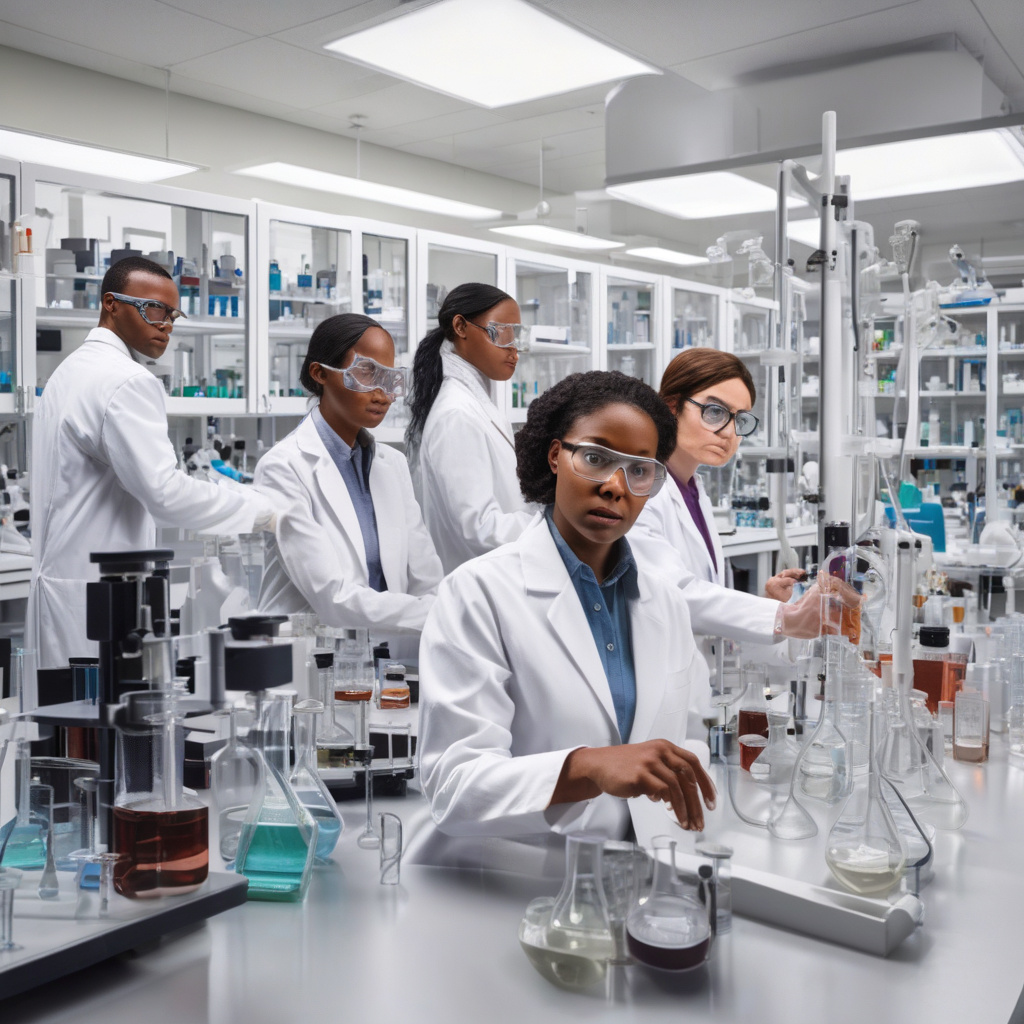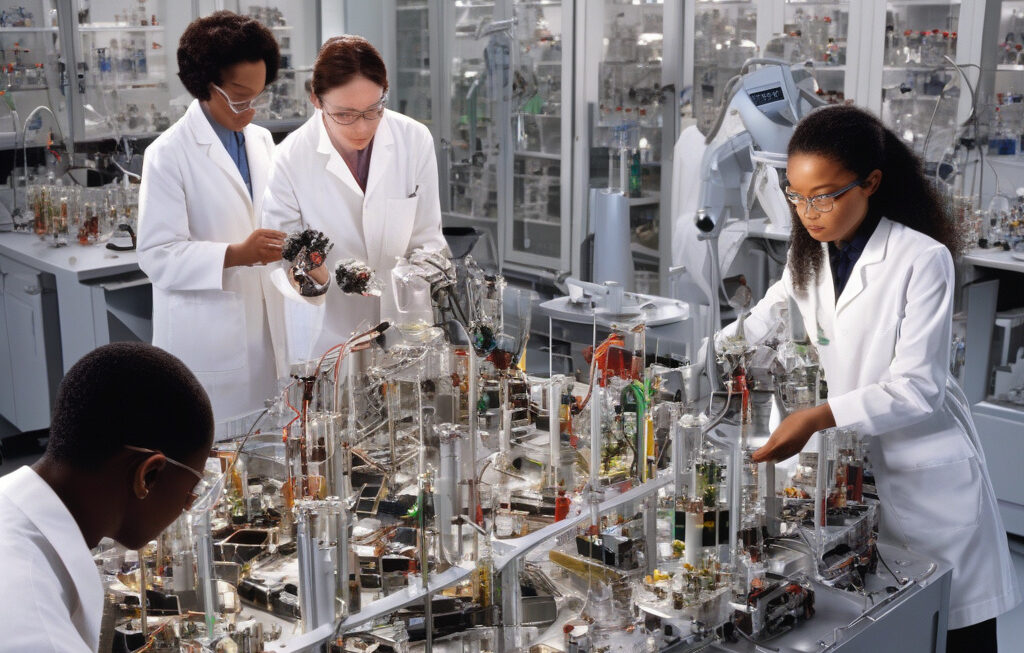Scientists Unveil Game-Changing Strategy to Eliminate PFAS Using Heterogeneous Catalysis
In a groundbreaking development, scientists have unveiled a revolutionary strategy to eliminate per- and polyfluoroalkyl substances (PFAS) using heterogeneous catalysis. This innovative approach not only promises to permanently destroy these persistent “forever chemicals” but also has the potential to transform water treatment processes worldwide.
PFAS are a group of human-made chemicals found in a wide range of products, from cookware and food packaging to firefighting foams. Due to their strong chemical bonds, PFAS are extremely resistant to degradation, posing a significant environmental and health threat. Traditional water treatment methods have struggled to effectively remove these compounds, leading to widespread contamination of water sources.
However, the latest research published on Innovation News Network reveals a game-changing solution. By leveraging the power of heterogeneous catalysis, scientists have unlocked a new pathway to neutralize PFAS molecules effectively. Unlike homogeneous catalysis, which involves catalysts in the same phase as the reactants, heterogeneous catalysis uses catalysts in a different phase, enhancing efficiency and recyclability.
The key to this innovative strategy lies in the design of advanced catalyst materials that can selectively break down PFAS compounds into harmless byproducts. Through a series of controlled chemical reactions, the catalysts facilitate the degradation of the strong carbon-fluorine bonds characteristic of PFAS, converting them into non-toxic substances that pose no risk to the environment or human health.
One of the primary advantages of heterogeneous catalysis is its scalability and applicability to real-world water treatment systems. By integrating catalytic reactors into existing infrastructure, such as wastewater treatment plants or portable filtration units, this technology offers a practical and cost-effective solution to address PFAS contamination on a large scale.
Moreover, the use of heterogeneous catalysis aligns with the principles of green chemistry, emphasizing sustainability and environmental stewardship. By harnessing the power of catalytic processes, scientists are not only eliminating PFAS but also minimizing waste generation and energy consumption, contributing to a more eco-friendly approach to water remediation.
The implications of this discovery extend far beyond PFAS removal, with potential applications in other areas of environmental remediation and pollution control. As researchers continue to refine the catalytic materials and optimize reaction conditions, the possibilities for combating emerging contaminants and safeguarding water resources are virtually limitless.
In conclusion, the unveiling of this game-changing strategy to eliminate PFAS using heterogeneous catalysis represents a significant milestone in the field of environmental science and engineering. By leveraging the inherent reactivity and selectivity of catalysts, scientists are paving the way for a more sustainable and efficient approach to water treatment, setting a new standard for addressing complex chemical pollutants in our environment.
Now, the focus shifts to implementing and scaling up this innovative technology to make a tangible impact on water quality and public health worldwide. With continued research and collaboration, the era of PFAS-free water systems may soon become a reality, thanks to the power of heterogeneous catalysis.
#PFAS, #HeterogeneousCatalysis, #WaterTreatment, #EnvironmentalScience, #GreenChemistry











